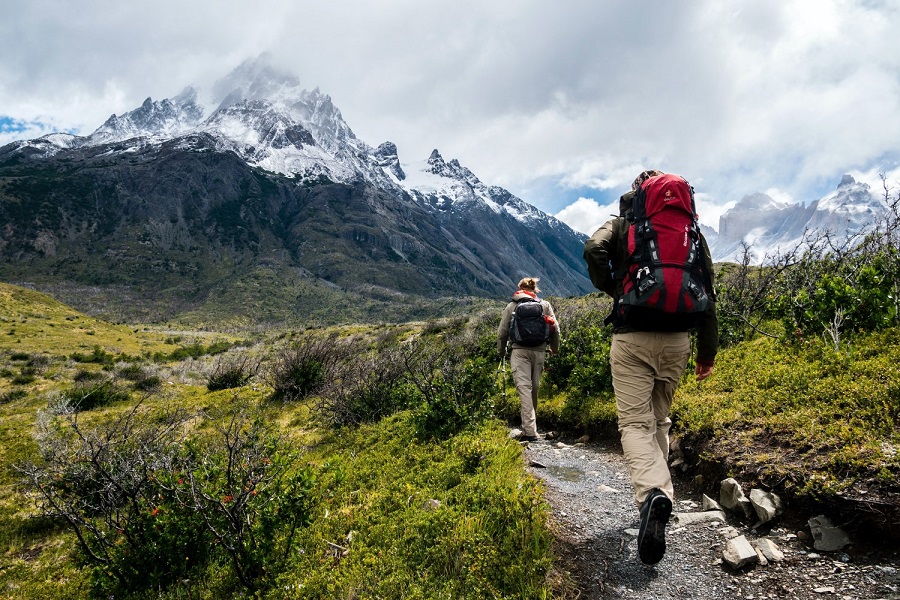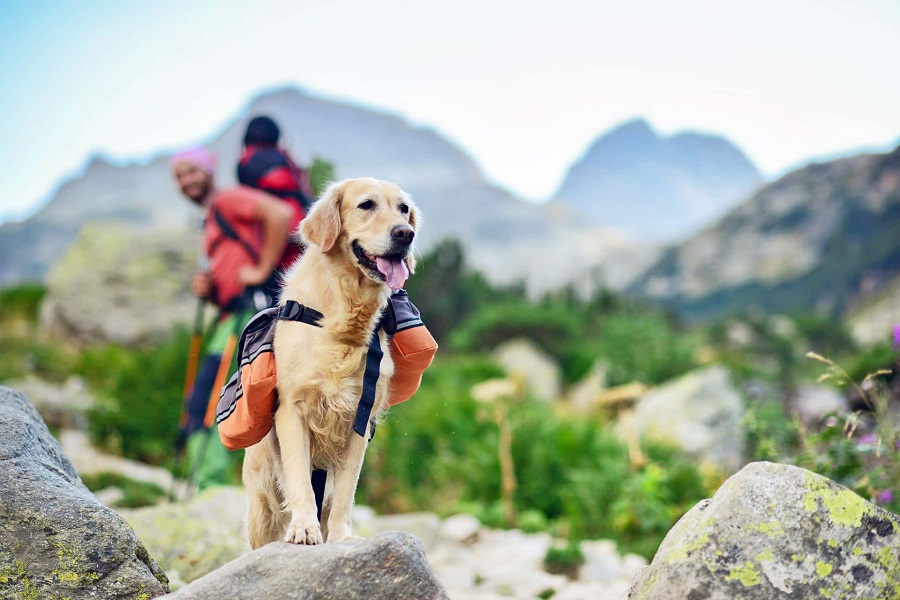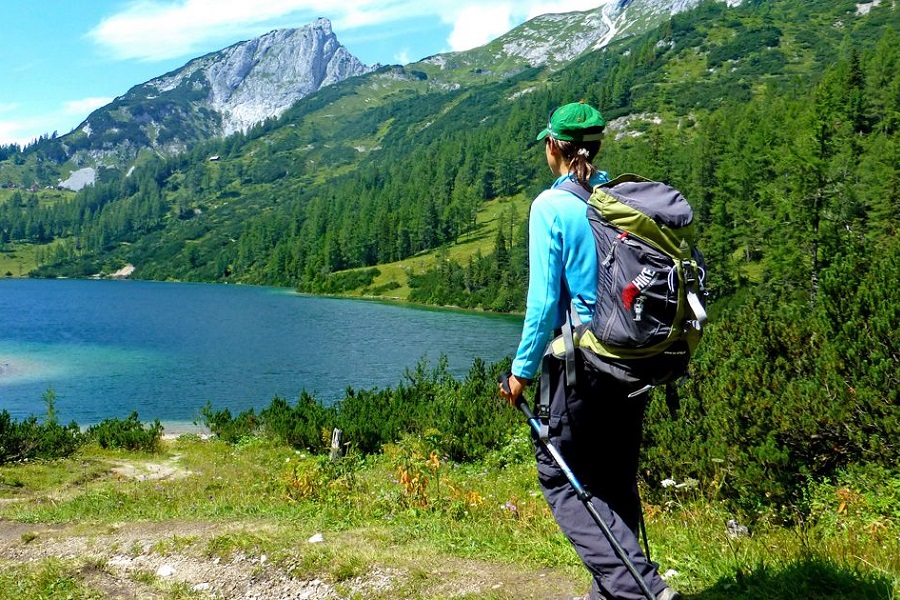You enjoy the great outdoors. You may even go on long trips through the many trails in the wilderness.
But have you ever wondered why some people say they go hiking while others say they are going on a trek? They are one and the same, right?
Maybe not. According to BikeHike Adventures, it all depends on the length of your trip.
Typically, a trek will take more than a day to complete, whereas a hike is something that is done in a single day. Of course, that isn’t the only difference between the two.
If you’ve wondered what the difference is between these two pastimes, keep reading because we’re here to shine a bit of light on how they are different from each other. And dive into the hiking vs trekking debate!
Comparison Between Hiking And Trekking
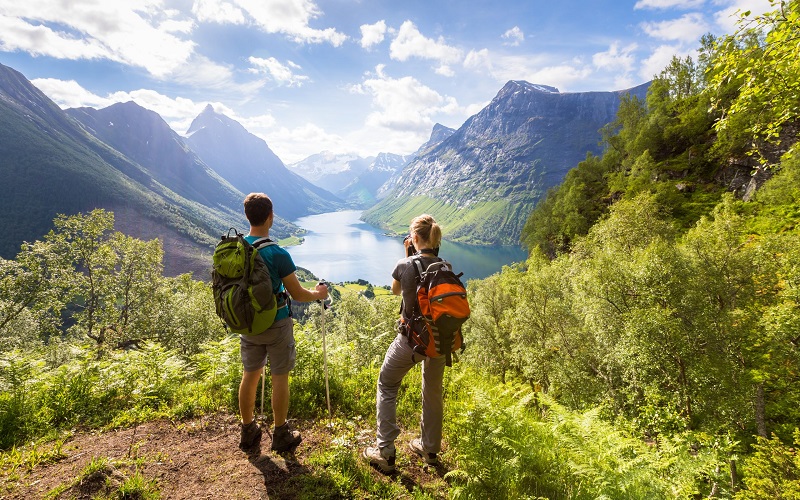
According to Dictonary.com, hiking is the act of walking or marching a great distance through rural areas.
It is usually done for pleasure, exercise, or military training. Trekking, on the other hand, isn’t quite as pleasurable.
The definition of trekking says that it is a journey or a trip that includes difficulty or hardship.Yikes! It doesn’t sound like you’d want to sign up to go on a long trek, right?
Well, maybe there is more to it than that.WiseGeek suggests that there isn’t much of a difference between hiking and trekking in terms of physical movement.
If you think about it, it’s true. Both activities involve walking in the great outdoors. For some, that is all that matters. However, if you say that hiking is just as difficult as trekking, well, you might want to watch who you say that in front of.
Generally, hiking is done out of leisure, as previously mentioned. When you go hiking, it is usually along a man-made path, either a paved road or something of the like.
Trekking is usually done through more challenging terrain. Sure, they may use roads or trails for some parts of their journey, but most of the trip is going to take them through undeveloped areas.
The trekker will most likely have maps and other navigation tools at his disposal as well.
Hiking? Well, you can just follow the signs.That isn’t the only difference, though.
Hiking
- Environmental Impact: Hikers tend to destroy the area they walk through, leaving debris, fire, excrement, and garbage.
- Location: Hikers usually go where there is beautiful scenery, trails, and rest stops.
- Overview: An outdoor activity where a person walks on a man-made path is called a hiking trail.
- Equipment: Basic gear like hiking shoes for the terrain, a compass, water, and maybe a hiking pole Overnight hikers bring a small survival kit, food, and/or medicine.
- Worldwide differences: Hiking is known by different terms depending on the area. New Zealand calls it tramping, Australia calls it bushwalking, and Nepal calls it trekking.
- Holidays: Walking holidays are popular in Europe, New Zealand, Chile, Costa Rica, Hawaii, and North America.
Trekking
- Environmental Impact: Trekkers impact on the environment is greater than that of hikers because their journey is longer.
- Location: Trekkers go where there are no means of transportation, typically deep in the woods or in mountainous areas.
- Equipment: Trekkers carry similar items, but they also take items that are weather-appropriate and in larger quantities (regarding survival gear, food, and medications).
- Overview: A long journey that has no determined pathway. It can last several days, requires more energy, and is more challenging than hiking.
- Worldwide differences: Trekking, or backpacking, should not be confused with mountaineering.
- Holidays: Trekking is popular in the Himalayan foothills of Nepal, India, and Bhutan, whereas in South America, people like to go to the Andes.
What Kind Of Equipment Is Required?
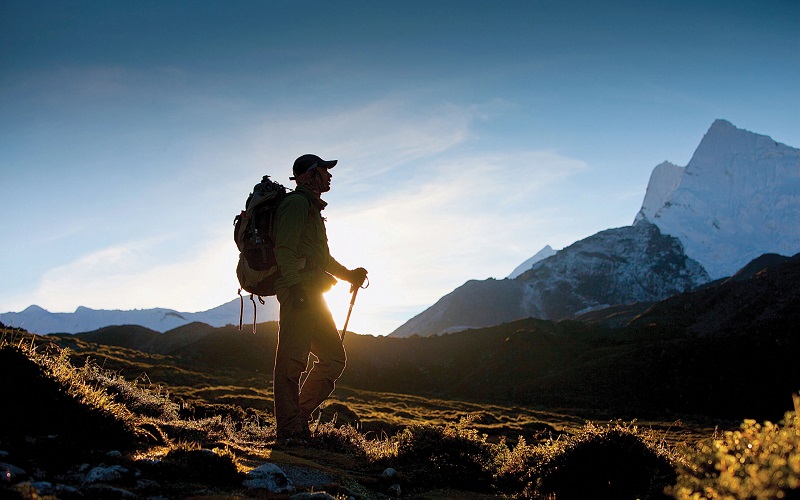
You might think that you can use the same equipment for trekking as you would for hiking, the equipment is the same, except the quantities are different.
For example, if you are going on a simple hike, you could get away with a pair of waterproof hiking shoes.
For trekking, you might want to take a pair of sturdy hiking shoes, but you might also want to bring a second pair, just as a precaution.
Other items you’ll want to bring with you include weather appropriate clothing, a map and compass, sunscreen, water, and a basic medical kit.
You’ll also want to consider the weight of all the items when you are going on a hike.
If you’re going on a hike for a few hours, you may not want to carry a lot of stuff.
Whereas if you are going on a trek, you’re probably going to want to choose items that are lightweight and maybe even dual-purpose.
Where Can You Find Trails?
Regardless of whether you are going on a hike or a trek, you’re probably going to do it because you want to be out in the great outdoors.
Hiking trails will take you to areas that are beautiful, but you’ll be walking on trails that have signs to follow, so you won’t get lost.
When you go on a trek, the path you take probably isn’t going to be on a map, nor will it be marked.
This is why, if you go on a trek, it is very important that you take a compass and a map and know how to use them.
Environmental Impact
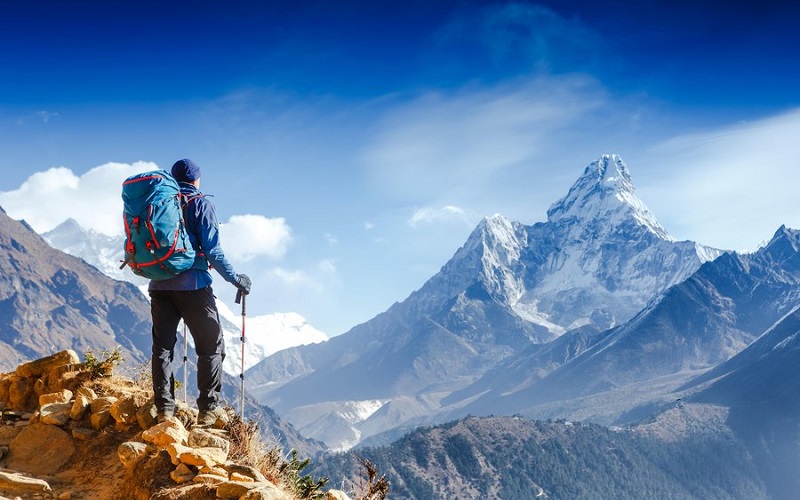
When you are going to be outdoors, you’re going to want to leave as little evidence that you were there as possible.
This means not leaving any garbage or debris, but also being mindful of the area where you camp.
You’ll want to try your best not to leave visible signs that humans were there, especially if you are trekking through an otherwise untouched area.
Common complaints hikers have had along trails include visible holes from hiking sticks in the ground, scratches on rocks from carbide tips, and even scraping sounds from the hiking poles.
Conclusion
While hiking and trekking are similar, the biggest difference is how intense the activities are and the duration of the trip.
Hikers tend to do it for fun, whereas trekkers approach it like a sport.
One thing can be said, though: no matter which you prefer to do, you’ll want to have the equipment necessary to make the journey as safe and enjoyable as possible.
Resources:

